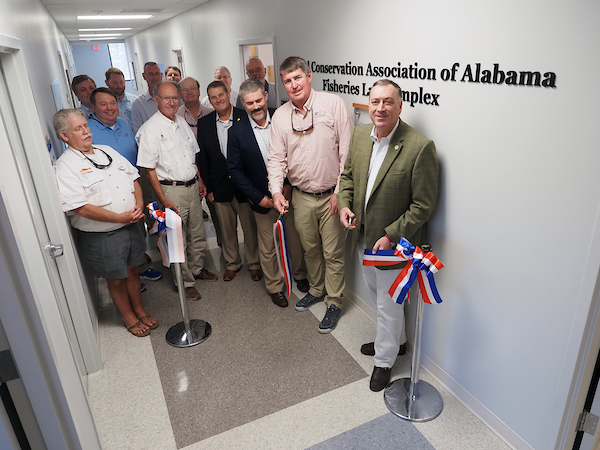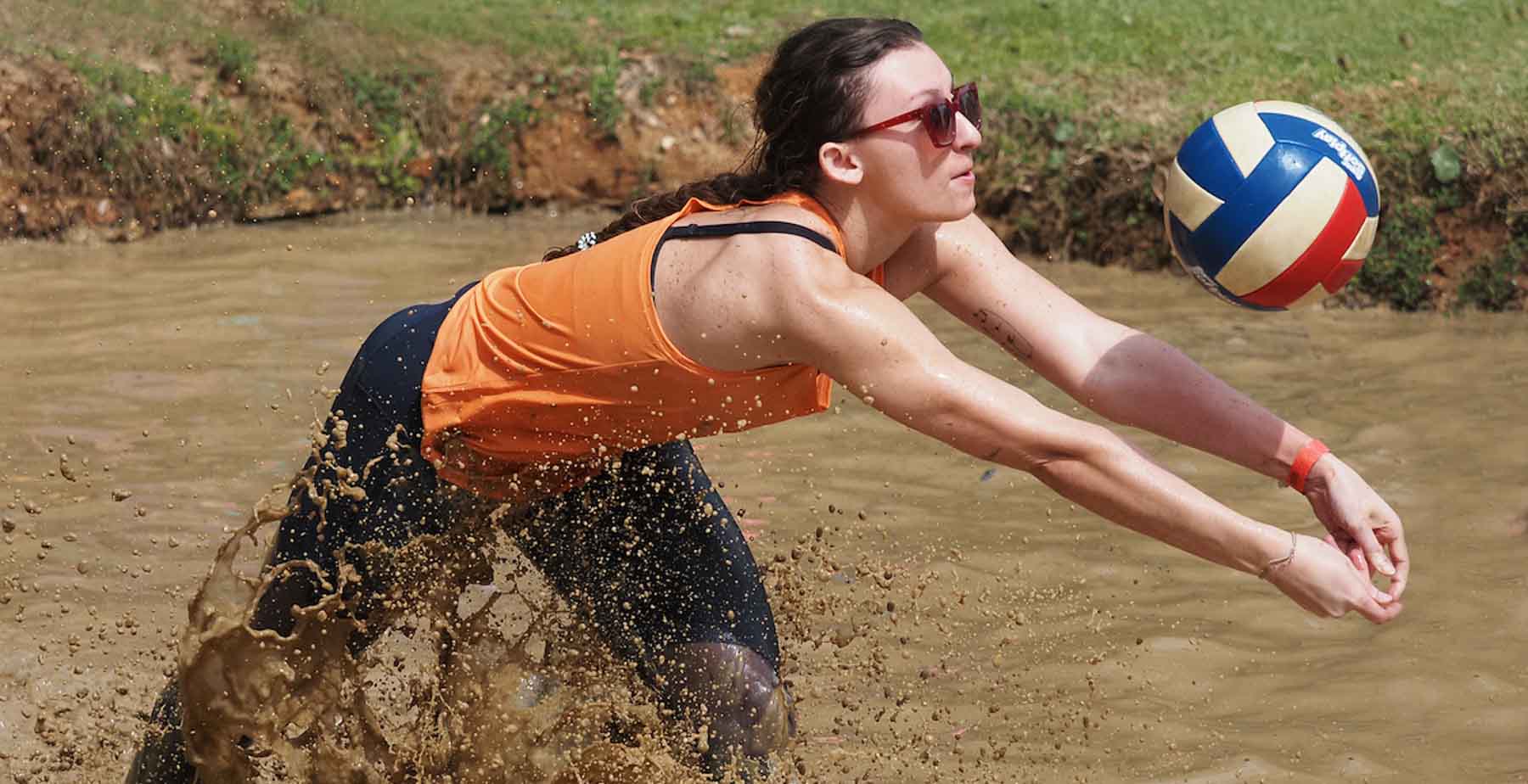South Cuts Ribbon on New Fisheries Lab Complex
Posted on November 15, 2022

Students and faculty at the University of South Alabama School of Marine and Environmental Sciences now have access to state-of-the-art equipment and processing technology to monitor local fish populations. The University recently hosted a ribbon cutting ceremony for a new fisheries lab complex.
“Special thanks to the Coastal Conservation Association of Alabama for their gift to this project,” said Dr. Sean Powers, director of the School of Marine and Environmental Sciences. “This new lab complex will help South further expand its fisheries research by providing students and faculty with state of the art instrumentation to assess reproductive output and determine age structure of fish populations. This information is key to sustainable management of our valuable fisheries.”
The Coastal Conservation Association of Alabama donated $150,000 to the School of Marine and Environmental Sciences, and a portion of the donation was used to create the fisheries lab complex. Another portion of the donation was used to establish the CCA-Shipp Sport Fish Graduate Research Fund and further expand the Drs. Linda and Robert Shipp Undergraduate Scholarship in Marine and Environmental Sciences.

The fisheries lab complex is now home to two lab facilities: the fisheries technology lab and the age and growth lab. Both are located in the Educational Outreach Building on South’s main campus.
“Fish around here live for up to 50 years,” Powers said. “It’s important to be able to research how old the fish population is getting, because then, we can tell how healthy the population is. This technology helps us do that and process that information.”
The fisheries technology lab features equipment to map the seafloor. This helps researchers locate oysters as well as coral reefs and fish habitats.
The age and growth lab is responsible for examining fish bones, primarily ear bones, to determine the age of the fish. They also examine the reproductive tissue of the fish. By using the data collected in this lab, researchers are able to determine how healthy the fish population is.
The Coastal Conservation Association of Alabama’s mission is to conserve, protect and enhance the present and future availability of our coastal resources for the benefit of the general public.
“Both inshore and offshore sportfish face many challenges, and it is critical that the science is available to properly manage those fisheries,” said Blakely Ellis, executive director of the Coastal Conservation Association of Alabama. “We are proud to support the fisheries lab complex and will continue working to ensure it has everything it needs to be a force for healthy marine resources. Of course, Dr. Shipp has been a force in marine science for decades, and we are honored to continue his amazing legacy of research and stewardship through the Graduate Research Fund and the undergraduate scholarship. His career and devotion to his family are truly inspirational.”
The ribbon cutting was held in conjunction with the association’s fall board meeting hosted by the School of Marine and Environmental Sciences.





